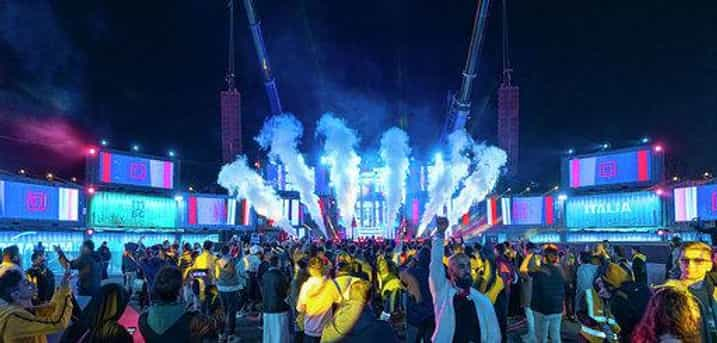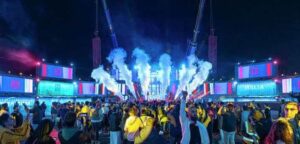How To Manage Lighting And Sound On An Event Stage
2 min read
Effective lighting and sound management are key elements in creating an engaging and memorable event experience. Proper coordination of these two components improves the overall atmosphere and ensures that both performers and the audience are captivated. Explore here some essential steps to manage lighting and sound on an event stage successfully.
Pre-event planning:
Before the event begins, thorough planning is essential. Start by assessing the venue’s layout and understanding its acoustics and lighting capabilities. Create a detailed plan that outlines your lighting and sound requirements, including the types of equipment needed, placement of speakers and lights, and power supply considerations. Collaborate with your technical team and event planners to ensure that everyone is aligned on the objectives and logistics.
Equipment selection:
Choosing the right equipment is key to achieving optimal sound and lighting quality. For sound, select high-quality microphones, speakers, and mixing consoles that suit the venue size and event type. Ensure you have backup equipment on hand to address any technical difficulties. For lighting, consider using LED lights, spotlights, and color gels to create the desired ambiance. Each type of light serves a different purpose—spotlights highlight key moments, while ambient lighting sets the mood.
Sound setup:
When setting up the sound system, begin with speaker placement. Position speakers to provide even sound coverage across the audience area, avoiding areas where sound may be muffled or overly loud. Conduct sound checks to adjust levels and eliminate feedback. Use a sound mixer to balance audio levels from different sources, including microphones, instruments, and multimedia presentations. Ensure to have a qualified sound technician monitoring the audio throughout the event to manage any unforeseen issues.
Lighting design:
Lighting design should align with the event’s theme and objectives. Use a combination of different lighting techniques, such as backlighting, sidelighting, and front lighting, to create depth and interest on stage. Program lighting cues that correspond with key moments of the event, such as transitions between speakers or performances. Consider using vigorous lighting effects, like color changes and movement, to improve the visual experience and keep the audience engaged.
Coordination with performers and speakers:
Communication with performers and speakers is vital to ensure a smooth experience. Discuss their specific audio and lighting needs ahead of time, including microphone preferences, sound levels, and any special lighting requests. Ensure they are familiar with the stage layout and technical equipment, so they can perform comfortably and confidently.



